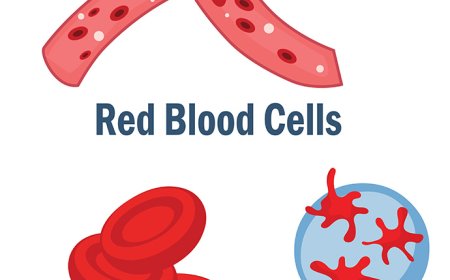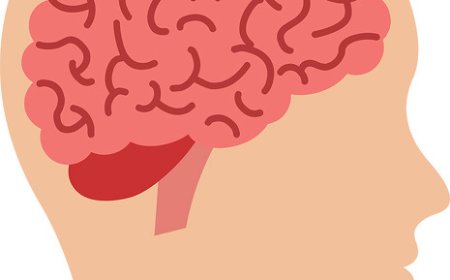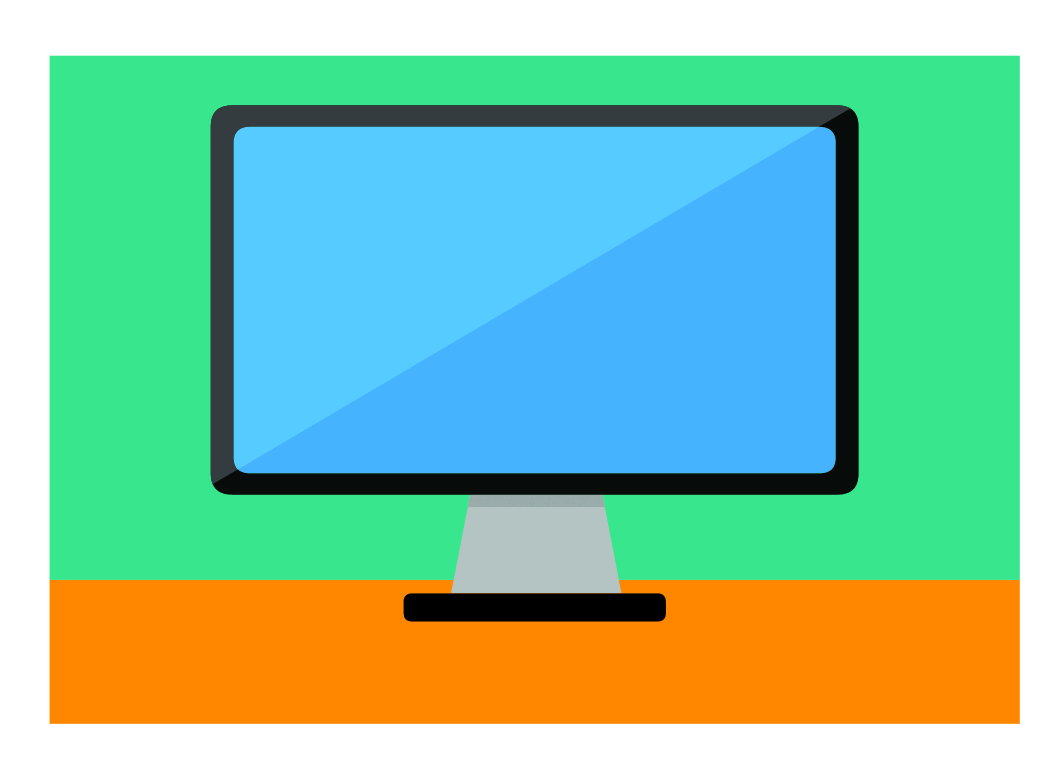how Muscles Move: The Brain-Muscle Connection – A Student Guide
Learn how muscles move with help from the brain and nervous system. This student-friendly article explains how signals control movement, including reflexes and voluntary actions. Includes quiz and summary.
🧠 How Muscles Move: The Brain-Muscle Connection – A Student Guide
Every time you run, jump, wave, or even blink, your muscles are doing work—but they don’t move on their own. Behind every motion is a powerful team made up of your brain, spinal cord, and nerves. This team is part of your nervous system, and it sends messages to your muscles in less than a second.
This article will take you inside the amazing brain-muscle connection to show how your thoughts and movements work together to control your body.
🧠 The Brain Starts the Motion
All movement begins in the brain, especially in a part called the motor cortex. This area decides when and how your body should move. For example, when you want to pick up a pencil, your brain plans the motion and sends a message.
This message travels through:
The spinal cord – the main highway that carries signals
The nerves – tiny wires that branch out to your arms, legs, and all muscles
These signals move through your body at over 200 miles per hour!
🦵 The Nerves Tell the Muscles What to Do
When the signal reaches a muscle, it causes the muscle to contract. This means the muscle fibers tighten and pull on bones through tendons, making the body part move.
Muscles work in pairs:
One muscle contracts (gets shorter) to pull the bone
The opposite muscle relaxes to allow the motion
For example, when you bend your arm:
Your biceps contract
Your triceps relax
When you straighten it, they switch roles. This smooth back-and-forth is guided by your brain and nerves.
⚡ Reflexes – Quick Moves Without Thinking
Sometimes your muscles move without you deciding to. These quick actions are called reflexes.
Here’s how a reflex works:
Something triggers a signal (like touching something hot)
The signal skips the brain and goes straight to the spinal cord
The spinal cord sends an immediate message back to the muscles
You move fast—before you feel the pain
Reflexes protect you from danger and help you react instantly. That’s why doctors test your reflexes by tapping your knee—it shows that your nervous system and muscles are working together.
🧬 What Happens Inside a Muscle?
Inside every muscle fiber are smaller parts that slide past each other when the muscle gets a message to contract. These parts use:
Calcium to trigger the movement
ATP (a form of energy) to keep going
Oxygen and nutrients from your blood to stay fueled
This process is fast and powerful—but your body needs rest and energy to keep it going.
🧘 Mind + Muscle = Control
The better your brain and muscles communicate, the more control you have over your movements. This is called muscle coordination.
You can improve it by:
Practicing movements (like sports or dancing)
Exercising regularly
Getting enough sleep, so your brain and muscles recover
Stretching and warming up to prevent injury
The more you use your muscles, the stronger and smarter they become!
🎉 Fun Facts About Muscle Movement
It takes 17 muscles to smile, but 43 to frown
Messages from the brain to the toes travel in less than a second
The fastest muscles are in your eyes
You have reflexes even before you’re born
Practicing a skill helps your brain build stronger nerve pathways
🧠 Vocabulary
Brain – The control center of the body
Motor cortex – The part of the brain that controls movement
Spinal cord – The main pathway for signals from the brain to the body
Nerve – A fiber that carries messages to and from the brain and muscles
Muscle contraction – When a muscle shortens to cause movement
Tendon – A strong cord that connects a muscle to a bone
Reflex – A fast, automatic muscle movement that protects the body
ATP – A type of energy your body uses to fuel muscle contractions
Coordination – How smoothly your brain and muscles work together
Calcium – A mineral that helps muscles contract
✅ Interactive Quiz: Brain + Muscle = Motion
1. What part of the brain controls movement?
A. Frontal lobe
B. Brainstem
C. Motor cortex
D. Cerebellum
✅ Correct Answer: C
2. What do nerves do?
A. Digest food
B. Carry signals between the brain and muscles
C. Pump blood
D. Store energy
✅ Correct Answer: B
3. What happens during a muscle contraction?
A. The muscle disappears
B. The muscle gets longer
C. The muscle shortens and pulls a bone
D. The bone shrinks
✅ Correct Answer: C
4. What is a reflex?
A. A slow reaction
B. A movement you plan ahead
C. A fast, automatic response
D. A deep breath
✅ Correct Answer: C
5. What mineral helps muscles contract?
A. Iron
B. Salt
C. Calcium
D. Vitamin D
✅ Correct Answer: C
🧒 Kid-Friendly Summary
Your brain and muscles work as a team! The brain sends messages through your nerves to tell your muscles when to move. Some moves, like jumping or waving, are planned. Others, like reflexes, happen automatically. This brain-muscle connection helps you run, play, stay safe, and have fun—all at the speed of thought!





















































